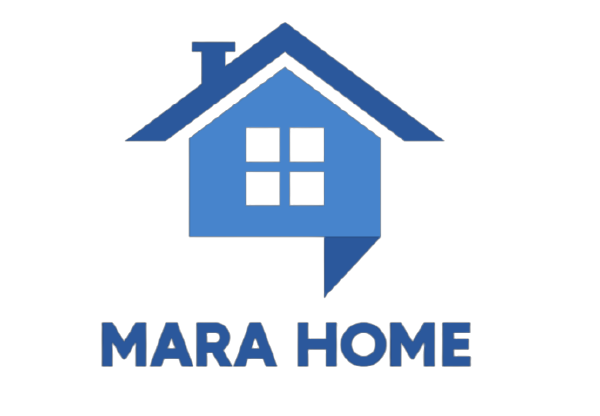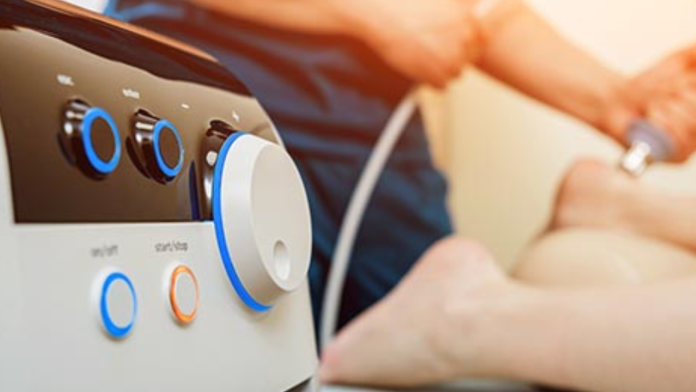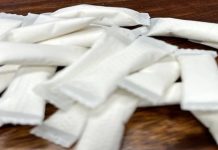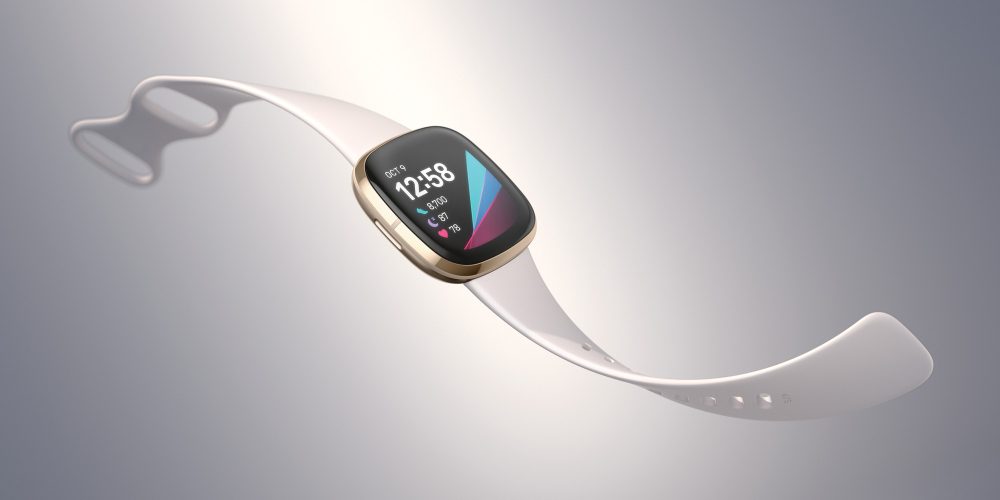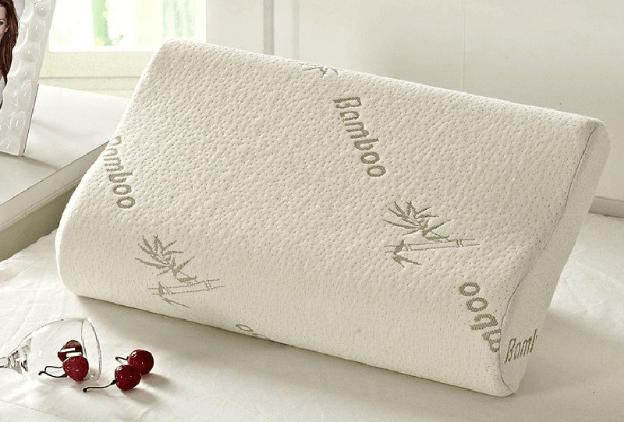Low-level laser therapy (LLLT), commonly referred to as cold laser therapy, is a non-invasive medical procedure that stimulates cellular activity and facilitates healing by using light-emitting diodes (LEDs) or low-intensity lasers. Cold laser therapy is safe and painless because it produces no heat, in contrast to regular laser therapy. The therapy works based on photobiomodulation, which is the interaction of certain light wavelengths with biological elements, especially the mitochondria.
The aforementioned contact sets off molecular reactions that augment cellular metabolism, escalate the synthesis of adenosine triphosphate (ATP), and facilitate tissue restoration. Cold laser treatment is a non-invasive option with few side effects that finds use in a variety of medical sectors, such as pain management, dermatology, wound healing, and musculoskeletal problems. For more detail about cold laser therapy go now to the following page.
Inflammation Reduced By Cold Laser Therapy
To control inflammation, cold laser therapy shows promise as a non-invasive method with low side effects.
Photobiomodulation at the Cellular Level
The phenomenon of photobiomodulation lies at the basis of the anti-inflammatory benefits of cold laser therapy. In this process, particular light wavelengths interact with various parts of the cell, notably the mitochondria. Often referred to as the “powerhouse of the cell,” the mitochondria are essential for energy production and cellular metabolism.
Wavelength Selection
The selection of wavelengths has a significant impact on how well cold laser therapy reduces inflammation. Certain wavelengths have been discovered to elicit the best biological responses, while different wavelengths permeate tissues to different depths. Since these wavelengths can enter tissues and interact with cellular chromophores, they are frequently utilized in cold laser therapy. These wavelengths fall within the red and near-infrared regions of the spectrum, specifically 630-680 nm and 800-1000 nm.
Activation of Cytochrome C Oxidase
Cytochrome C Oxidase is a mitochondrial enzyme that is involved in the electron transport chain and is one important cellular component that is impacted by cold laser therapy. Cytochrome c oxidase initiates a photochemical process in response to certain light wavelengths, which increases cellular respiration and produces adenosine triphosphate (ATP). This boost in ATP is crucial for cellular function and repair.
Reactive Oxygen Species (ROS) Modulation
Research has demonstrated that cold laser treatment can change the concentrations of ROS in cells. Although high ROS can aggravate inflammation and cause tissue damage, cold laser therapy’s regulated modulation seems to offer anti-inflammatory properties. It has been observed that the treatment improves cellular antioxidant defense mechanisms and lowers oxidative stress.
Inhibition of Inflammatory Mediators
The expression and activity of several inflammatory mediators are influenced by cold laser therapy. Research indicates that it can suppress pro-inflammatory cytokines, like TNF-α and IL-1β, and stimulate the production of anti-inflammatory cytokines. This fine balance facilitates the transition from a pro-inflammatory to an anti-inflammatory state in the cellular environment.
Immune Response Modulation
The treatment also engages immune cells, affecting their activity and encouraging a well-rounded immune response. It has been demonstrated that cold laser therapy increases macrophage phagocytic activity, which is essential for eliminating infections and cellular waste. Inflammation is reduced in part by this immune response regulation.
Vasodilation and Enhanced Microcirculation
Vasodilation, or the widening of blood vessels, is brought about by cold laser therapy, which enhances microcirculation and blood flow. Improved circulation is essential for supplying injured tissues with nutrition and oxygen, encouraging the elimination of inflammatory waste products, and aiding in the body’s natural healing process.
Neurotransmitter Modulation
According to a recently published study, cold laser treatment may also have an impact on neurotransmitter levels. Both the inflammatory response and the feeling of pain are influenced by neurotransmitters. Cold laser therapy may help explain the analgesic and anti-inflammatory effects seen in a variety of clinical applications by adjusting neurotransmitter levels.
Conclusion
With its diverse effects on cellular and molecular mechanisms, cold laser therapy is unique among effective inflammatory reducers. This therapeutic method triggers a cascade of biological reactions that work together to resolve inflammation, ranging from the suppression of inflammatory mediators and the stimulation of immunological responses to the activation of cytochrome c oxidase and the control of ROS.
